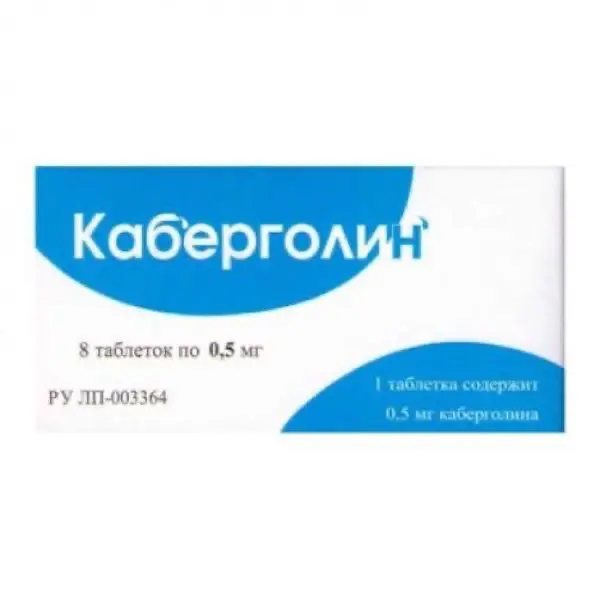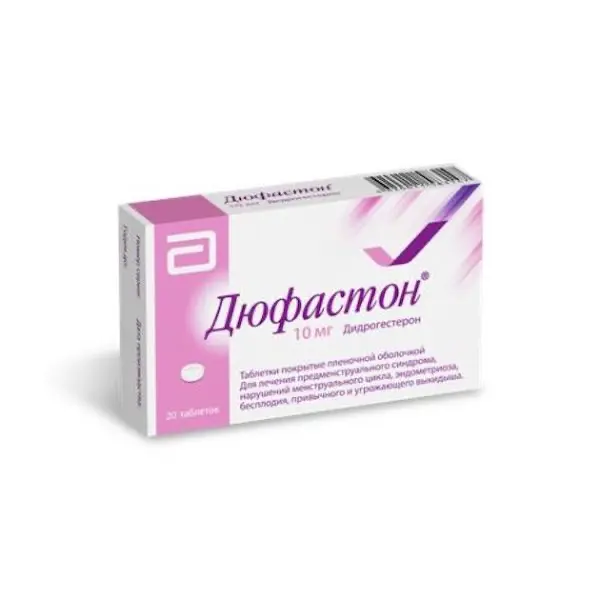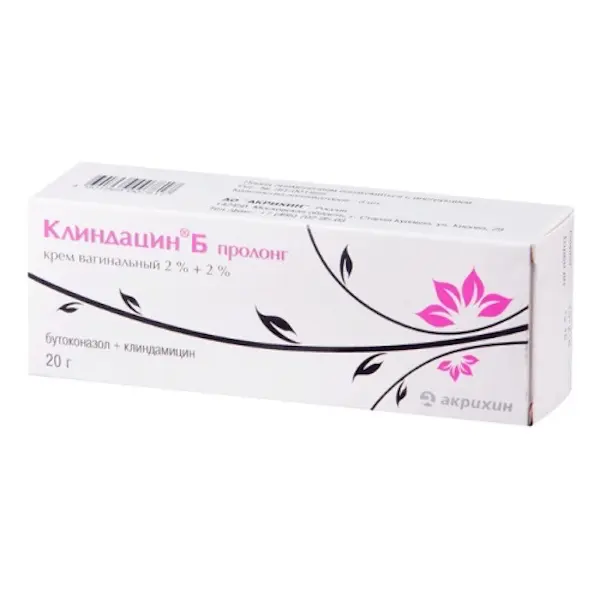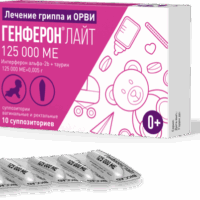Description
Longidase Pharmacodynamics
Longidase has hyaluronidase (enzymatic) activity of prolonged action, chelating, antioxidant, immunomodulatory and moderately pronounced anti-inflammatory properties.
Prolongation of the enzyme action is achieved by covalent binding of the enzyme with physiologically active polymeric carrier (azoximer). Longidase shows antifibrotic properties, weakens acute inflammatory phase, regulates (increases or decreases depending on the initial level) synthesis of inflammatory mediators (interleukin-1 and tumor necrosis factor-alpha), increases humoral immune response and resistance to infection.
A drug with proteolytic activity. It has enzymatic proteolytic (hyaluronidase) prolonged activity, chelating, antioxidant, immunomodulatory and moderately pronounced anti-inflammatory action.
Prolonged action is achieved by covalent binding of the enzyme to physiologically active high-molecular-weight carrier (activated derivative of N-oxide poly-1.4-ethylenpiperazine, an analogue of polyoxidonium), which has its own pharmacological activity.
Longidase exhibits antifibrotic properties, attenuates the acute phase of inflammation, regulates (increases or decreases, depending on the initial level) the synthesis of inflammatory mediators (interleukin-1 and tumor necrosis factor-alpha), increases humoral immune response and resistance to infection.
Pronounced antifibrotic properties of Longidase are provided by conjugation of hyaluronidase with the carrier, which significantly increases the resistance of the enzyme to denaturing influences and action of inhibitors.
The enzymatic activity of Longidase is maintained when heated to 37°C for 20 days, while the native hyaluronidase in the same conditions begins to lose its activity within a day.
Longidase has a simultaneous local presence of the proteolytic enzyme hyaluronidase and a carrier, capable of binding the enzyme inhibitors and stimulators of collagen synthesis (iron ions, copper, heparin), which are released during hydrolysis of the matrix components. Due to the above properties Longidase has not only the ability to depolymerize the matrix of connective tissue in fibrotic-granulematous formations, but also to inhibit the reverse regulatory reaction aimed at the synthesis of connective tissue components.
The specific substrate of testicular hyaluronidase is glycosaminoglycans (hyaluronic acid, chondroitin, chondroitin-4-sulfate, chondroitin-6-sulfate), which form the basis of connective tissue matrix. As a result of depolymerization (breaking the bond between C1 acetylglycosamine and C4 glucuronic or induric acid) glycosaminoglycans change their basic properties: viscosity decreases, the ability to bind water and metal ions decreases, the permeability of tissue barriers temporarily increases, fluid movement in the intercellular space is facilitated, the elasticity of connective tissue increases, which is manifested in a reduction of tissue swelling, flattening of scars, increased joint movement volume, reduction of contractures and prevention of their formation, reduction of adhesions.
Biochemical, immunological, histological and electron-microscopic studies proved that Longidase does not damage the normal connective tissue, but causes destruction of the connective tissue altered in composition and structure in the area of fibrosis.
Longidase has no mutagenic, embryotoxic, teratogenic and carcinogenic effect.
The use of Longidase in therapeutic doses during or after surgical treatment does not cause deterioration of the course of the postoperative period or progression of the infection process; it does not slow down the restoration of bone tissue.
Indications
Adults and adolescents over 12 years as monotherapy and in the treatment of diseases accompanied by connective tissue hyperplasia (including against the background of an inflammatory process).
In urology:
– chronic prostatitis;
– interstitial cystitis;
– Urethral and ureteral strictures;
– Peyronie’s disease;
– The initial stage of benign prostatic hyperplasia;
– Prevention of scarring and stricture after surgical interventions on the urethra, bladder, ureters.
In gynecology:
– Prevention and treatment of adhesions in the pelvis in chronic inflammatory diseases of the internal genital organs;
– Prevention and treatment of pelvic adhesions after gynecological manipulations (including artificial abortions, past surgical interventions on the pelvic organs);
– Intrauterine synechias;
– tubal-peritoneal infertility;
– Chronic endomyometritis.
Contraindications
– malignant neoplasms;
– Pregnancy (no clinical experience of use);
– Children under 12 years of age (efficacy and safety of the drug have not been studied);
– hypersensitivity to the drug;
– Individual hypersensitivity to drugs with hyaluronidase activity.
Use with caution and not more than once a week in patients with renal failure, pulmonary bleeding in the history.
Dosage and administration
- Longidaza in suppository form is recommended for rectal or intravaginal use once/at night, for a course of 10-20 injections.
- Rectally: 1 suppository once / after cleansing the bowels.
- Intravaginal: 1 suppository once at night; the suppository is inserted into the vagina in a supine position.
- The treatment regimen is adjusted depending on the severity, stage and duration of the disease. It is possible to appoint the drug every other day or with intervals of 2-3 days.
- Recommended treatment regimens
- In urology
1 suppository every other day – 10 injections, then every 2-3 days – 10 injections. The total course of 20 injections. - In gynecology
Rectally or intravaginally, 1 suppository every 2 days – 10 injections, followed by maintenance therapy, if necessary. - In dermatovenerology
By 1 suppository in 1-2 days – 10-15 injections. - In surgery
1 suppository every 2-3 days – 10 injections. - In pulmonology and phthisiology
1 suppository every 2-4 days – 10-20 injections. - If necessary, it is recommended to repeat the course of Longidaza not earlier than in three months or long-term supporting therapy – 1 suppository 1 time/5-7 days during 3-4 months.





